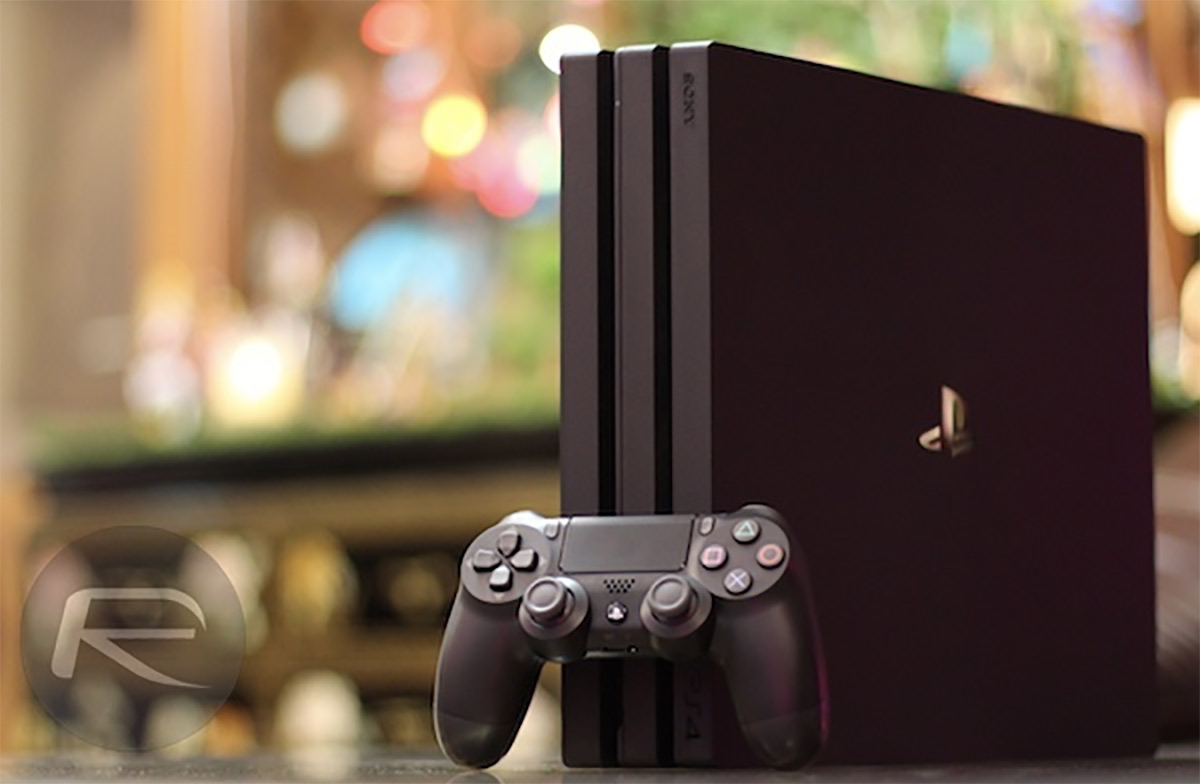The PS5 is finally official. In a blog post published today, Sony announced that its next-generation console will be called the PlayStation 5 and that it will be launched “in time for Holiday 2020.”
Details of the new console’s design are sparse at the moment, though a few tidbits regarding the new controller along and GPU have been revealed, among a few other things.

The currently nameless PS5 controller will ditch the tried and tested “rumble” tech for haptic feedback, which will allow players to “truly feel a broader range of feedback, so crashing into a wall in a race car feels much different than making a tackle on the football field.” Also new to the controller are what Sony is calling “adaptive triggers,” which will essentially allow developers to program varying levels of resistance into the L2/R2 buttons based on the action being performed in a game, so players may feel the difference between “drawing a bow and arrow or accelerating an off-road vehicle through rocky terrain.”
The official announcement references Sony CEO Jim Ryan’s interview with Wired, in which he discusses both the new controller and the capabilities of the console itself. Ryan confirmed that the console will continue to sport a Blu-ray drive, though games will have to be installed on the SSD without exception. Speaking of the SSD, Sony promises that the new iteration will feature read improvements that will see games take up less space, with developers also allowed to split the installation of multiplayer and single-player components of their games.
Also of note is the controller’s move to USB-C and a larger battery capacity. Having seen the controller up close, Wired confirms that it looks quite a bit like the DualShock 4.

This isn’t the first time we’ve had official word from Sony regarding the PS5. Back in April, the company revealed that its next console will support 8K gaming in addition to 4K gaming at 120Hz, an eight-core CPU based on AMD’s new Ryzen line, a Radeon Navi-based custom GPU with support for ray tracing, a new 3D audio experience, and backwards compatibility with PS4 games. We still don’t know what the console looks like, with that likely having been reserved for next year’s E3.
You may also like to check out:
- macOS 10.15 Catalina Compatibility: Full List Of Compatible Macs
- Download: iOS 13.2 / iPadOS 13.2 Beta 1 IPSW Links, OTA Profile File Released
- iOS 13.2 Beta 1 Profile File Download Without Developer Account, Here’s How
- Download: iOS 13.1.2 / iPadOS 13.1.2 IPSW Links, OTA Update Released For iPhone And iPad
- Downgrade iOS 13.1.2 / iPadOS 13.1.2 To iOS 13.1.1 / 13.1 / 13.0 / 12.1.4, Here’s How
- Best iPhone 11, 11 Pro Max Case With Slim, Wallet, Ultra-Thin Design? Here Are Our Top Picks [List]
- iPhone 11 / 11 Pro Max Screen Protector With Tempered Glass: Here Are The Best Ones
- Install WhatsApp Web On iPad Thanks To iOS 13 And iPadOS 13.1
- Jailbreak iOS 13 / 13.1 Status Update [Continuously Updated With Latest Info]
- iOS 13.1 Jailbreak Update: Security Content Fixes And Patches Detailed By Apple
You can follow us on Twitter, or Instagram, and even like our Facebook page to keep yourself updated on all the latest from Microsoft, Google, Apple, and the Web.

